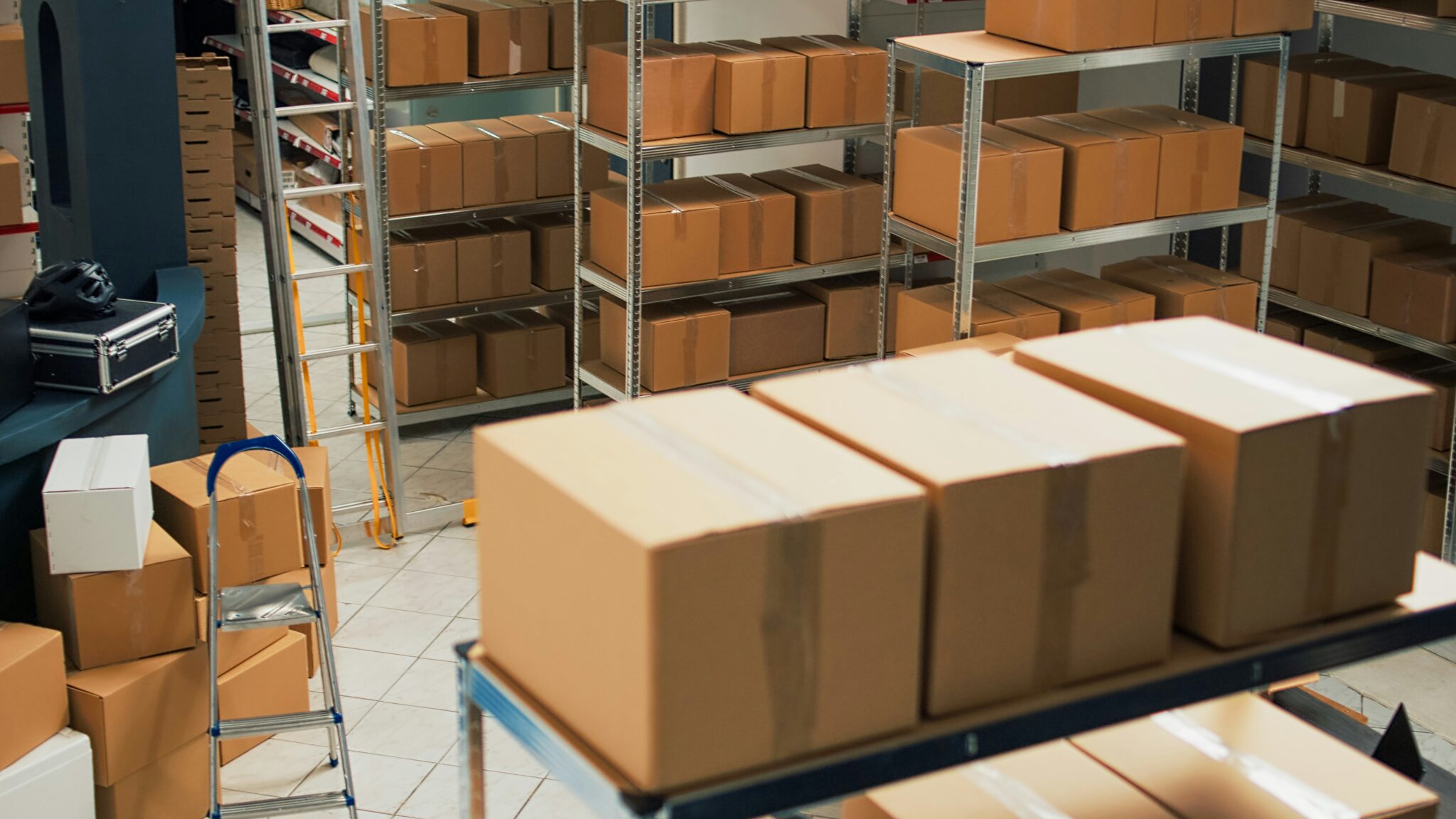Let’s talk about sustainability—not just the buzzword, but the everyday reality of running a business without unnecessary waste. When people think about sustainability in the supply chain, packaging and transportation usually come to mind first. But there’s something far less visible, and often more impactful, happening behind the scenes: data.
Specifically, the way inventory and supply chain data is managed (or mismanaged) plays a massive role in how much space, time, money, and product goes to waste. And in 2025, reducing that kind of waste is one of the clearest ways to make operations more sustainable—and more resilient, too.
So if your shelves are overflowing, your team is constantly reacting, and you’re feeling like you’re guessing your way through stock decisions, there’s a good chance it’s a data problem.
Here’s how getting inventory and supply chain data under control—and in one place—can cut down on waste in four critical areas.
Wasted space: When overstock becomes overwhelming
Too much stock is often a symptom of too little visibility. If it’s not clear what’s already in the warehouse, what’s selling, or what’s on the way, the natural reaction is to over-order “just in case.” That’s understandable—but it’s also expensive.
Stock that sits too long eats up space. That’s rent, heating, cooling, and handling costs tied up in products that may not move for weeks or months. When inventory data is unified and accurate, it’s much easier to see where you’re overdoing it. Forecasts become clearer, replenishment becomes smarter, and suddenly there’s breathing room on those shelves again.
Wasted time: When manual work slows everything down
If people on your team are still manually pulling reports from different systems, copy-pasting into spreadsheets, or cross-checking numbers that never quite match, that’s a whole lot of valuable time going out the window.
It’s not just frustrating—it’s unsustainable. Manual work leads to slower decisions, more errors, and a constant feeling of playing catch-up. With centralized, reliable data and some smart automation in place, all of that gets faster. You spend less time pulling data and more time using it. Teams can shift from firefighting to forecasting—and that makes a huge difference in both efficiency and morale.
Wasted money: When inaccurate data hurts the bottom line
When decisions are based on outdated or inconsistent data, it shows up on the balance sheet fast. Maybe you’re over-ordering one product while understocking another. Maybe you’re holding excess inventory that ties up cash flow, or losing sales because your bestsellers are out of stock.
Clean, connected data helps avoid those pitfalls. When you can trust what the system is telling you—and when that system is pulling from real-time demand, supply, and sales signals—orders get tighter, margins improve, and fewer expensive mistakes slip through the cracks.
It’s not always about finding dramatic savings. Often, it’s the small wins—placing a better-timed order here, avoiding a surplus there—that add up over time to big financial gains.
Wasted product: When stock goes out of season
Let’s not forget the most visible kind of waste: the actual products that go unused, unsold, or out of date. This happens all the time, especially when forecasts are based on guesswork or last year’s trends.
The sad part? Most of it’s avoidable. With the right data, it’s possible to build forecasts that actually reflect current buying patterns—not just averages. That means better timing, smarter safety stock, and fewer cases where products sit in a corner until they’re no longer sellable.
This isn’t just a financial issue—it’s a sustainability one. Products that get thrown away represent wasted resources, labor, transportation, and emissions. Every time you prevent something from becoming obsolete, you’re not just saving money—you’re reducing your footprint.
So, what’s the fix?
It all starts with visibility. Not just glancing at a dashboard once a week, but having a real, unified view of what’s happening across your supply chain. That means bringing together data from purchasing, sales, forecasting, warehouse management—you name it—and actually being able to trust what you’re seeing.
From there, automation helps take the load off. Smart replenishment, dynamic forecasting, and proactive alerts make it easier to stay ahead of issues before they become expensive problems. And once the guesswork is gone? That’s when you can start running leaner, faster, and more sustainably.
Waste reduction = sustainable growth
This isn’t about being perfect. It’s about doing better—bit by bit. Reducing waste in your supply chain doesn’t always require sweeping changes or massive overhauls. Often, it starts with a decision to get your data in order.
Because when you know what you have, what you need, and where everything is going, you make better choices. You move faster. You waste less. And you create a supply chain that works—not just for now, but for the long haul.





